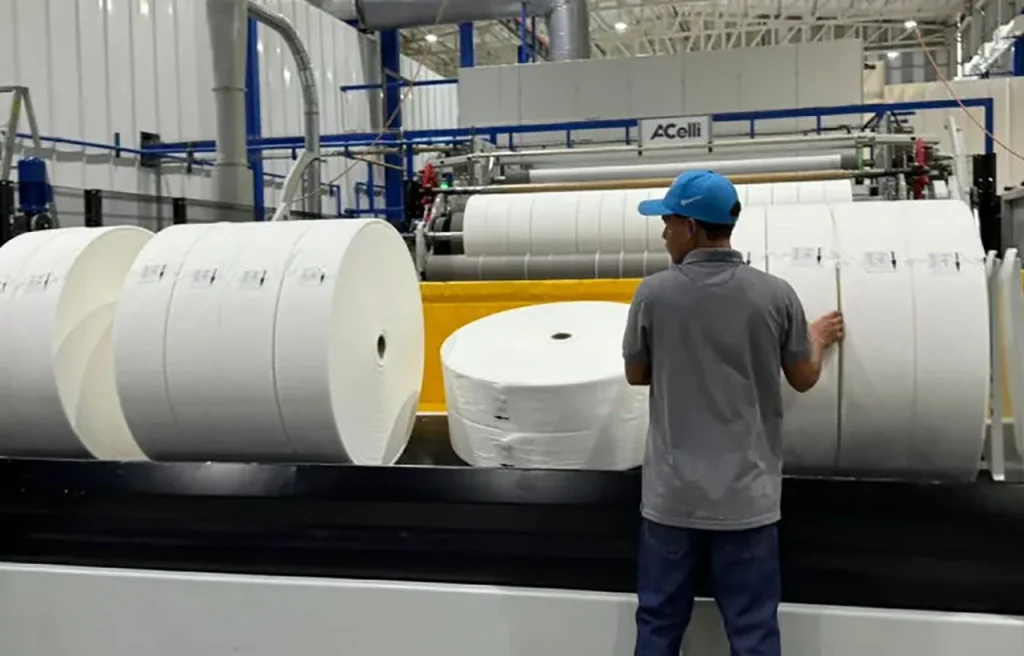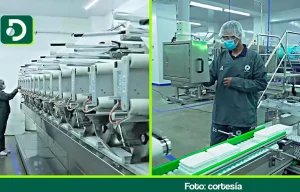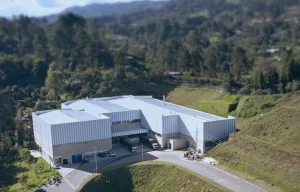
During the pandemic, businesses faced an unprecedented challenge and acquiring raw materials became a complex task. by relying on a 90% from Asia for the supply of fabrics, a crucial component in the wet wipes industry.
Faced with this critical situation with the delay in the arrival of containers with raw materials, Quimicolor made a strategic decision: investing in its own machinery for fabric production. This decision allowed it to radically transform its business model.
“The Andritz is the best machine in its segment, used to manufacture Spunlace fabrics with cutting-edge technology. This puts Quimicolor in first place on the podium of innovation and development in the manufacture of fabrics that are also used to make surgical gauze in clinics and hospitals, a niche, highly specialized market that will provide competitiveness by improving the prices of these elements in the health sector."Quimicolor said in a statement.
With the capacity to produce more than 10,000 tons of nonwoven fabric in rolls per year for conversion into wet wipes, Quimicolor has become the only company in South America capable of producing this type of fabric on the continent, thus opening up a significant market that will impact the region's economy. Until now, these fabrics, in their entirety, had to be imported from Asia, which represents a significant cost savings for wet wipe manufacturing companies in the region and a competitive factor for Quimicolor., as regional consumption amounts to 40,000 tons per year, thus providing an even more promising horizon for expanding its operations.
The plant, which occupies 2,600 square meters, processes viscose and polyester fibers, allowing quality control of the products throughout the supply chain, thus allowing for more efficient production. and flexible and avoiding the intercontinental shipments necessary for the acquisition of fabrics, and therefore, reducing the company's carbon footprint.
“Today, the results of this decision are evident: we have achieved complete independence from Asia when it comes to the procurement of our main raw materials. This autonomy has not only strengthened our supply chain, but has also positioned us advantageously in the market, ensuring the quality and constant availability of essential fabrics for the manufacture of our wet wipes.", says Antonio Mendivil, president of Quimicolor.
For the second half of 2024, Quimicolor budgets sales with a growth of 25% compared to the previous year and an increase of 30% in direct jobs, increasing both the workforce and automation.Thus, the challenges for Quimicolor are many, staying current and giving continuity to its business, is perhaps for Mr. Antonio Mendivil, the most important, In addition to continuing to support the dreams of Colombian athletes such as Sebastián Montoya and Maximiliano Restrepo, who are part of Juan Pablo Montoya's team., Team Montoya, who compete in F3 and F4 and who Quimicolor supports as an official sponsor.




